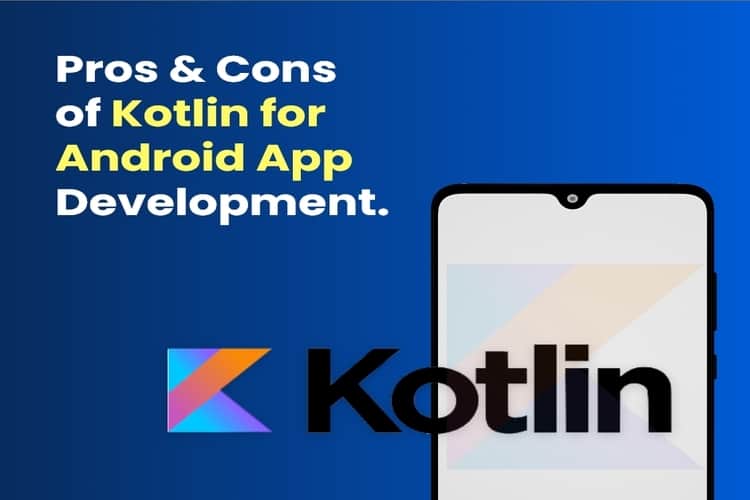Advantages and Disadvantages of JAVA | Reasons why Java is still the most preferred Programming Language | My InfoTech Solution
Java has been known as one of the most-liked and the most used programming languages of our time. This language has been over in existence for more than two decades. Several specialists and professionals believe that Java is one of the most effective programming languages that was ever created. It is the most widely-used programming language that is known to man and is designed for usage as well as the distributed environment of the Internet. But, it is said that every coin has two faces, Java has its own pros and cons. We have written about Java’s limitations and benefits. Today, we are going to try and demystify some important pros and cons of Java, which will help you to get a more clear view of its working.
The following are the advantages and disadvantages of Java Programming, let’s discuss them one by one:
Advantages and Disadvantages of Java
Advantages of Java
There are some major and primary advantages of Java; let’s see them.
1. Simple
Java is straightforward to use as well as it is easy to use, write, compile, debug, and learn than alternative programming languages. Java is less complicated concepts as compared to C++; as a result, Java also makes uses of automatic memory allocation and garbage collection.
2. Object-Oriented
Java is a fully object-oriented language right out of the box. And it permits you to form standard programs and reusable code.
3. Platform-Independent
Java code is able to run on any machine that doesn’t need any special software to be installed, but the JVM needs to be present on the machine.
4. Distributed computing
Distributed computing involves the ability to run and execute tasks on several computers on a network working together. It helps in developing applications that run on distributed networks and that can contribute to both data and application functionality.
5. Secure
Java has no explicit pointer concept. Apart from this, Java has the presence of a robust security manager that defines access to classes.
6. Memory allocation
In Java, the memory management concept is that it is divided into two parts one is a heap and another is stack. Whenever we declare a variable JVM gives memory to the variables and arrays for programs from either stack or heap space. It helps to organize and store the information and restore it easily.
7. Multithreaded
It has the potential as well as the ability for Java programs to perform many tasks at the same time.
Rich APIs: Java is able to offer various APIs for application development. Java APIs (Application Programming Interface) is nothing but a rich set of commands or methods that defines the way of communication among various activities like Database connection, networking, I/O, XML parsing, utilities, and much more.
Powerful Opensource Rapid Development Tools: Over the years of the journey that Java has made, several open source development tools that are, IDEs such as Eclipse and Netbeans have been developed and created with Java as a base. This makes Java more powerful for application development. IDEs make the application and program development much simpler and easier that provides powerful coding and debugging features.
Robust: Java is one of the most robust programming languages that is available out to programmers and developers. This makes Java more reliable. Java compilers are able to detect any errors in the coding. There are also, many other different sets of features such as exception handling and garbage collection which makes Java more robust.
Resource Availability: There are tons and multiple resources and documentation for online java training courses available to learn java. As a beginner programmer, you don’t have to spend a fortune to learn java programming.
Also Read: Reasons why Java is still the most preferred Programming Language
Disadvantages of Java
1. Performance
Java is memory-consuming, which means it needs a significant amount of memory. It is also slower than natively compiled languages such as C or C++.
2. Look and Feel
The default or the predefined look of GUI applications written in Java using the Swing toolkit is very different from native applications.
3. Single-Paradigm Language
Static imports were made available and added in Java 5.0. This is the procedural paradigm that is better accommodated than in earlier versions of Java.
4. Memory Management
In Java, memory is managed through the use of garbage collection, whenever the garbage collector runs or executes, it affects the performance of the application program. This is because of the sole reason that all other threads in the have to be stopped to allow the garbage collector thread to work.
Read More: Java vs JavaScript: What’s the Difference?
Summary
Java additionally outscores and performs better than different languages in terms of job opportunities it has to offer. In addition to different pros and cons of Java, it has been on the highest-ranking or the First position on the TIOBE Index for the last three years. I would suggest a beginner must begin his journey by learning Java.
Hope you like this blog on The Advantages and Disadvantages of Java. If you like to hire java developer then do send your query on enquiry@nimapinfotech.com










